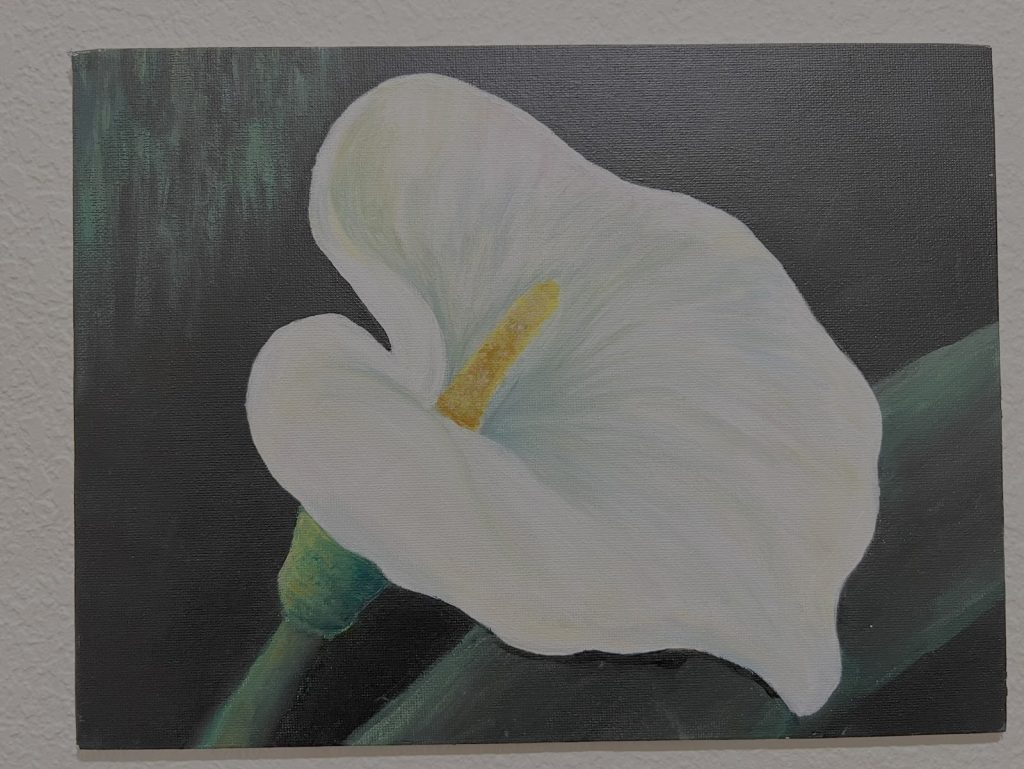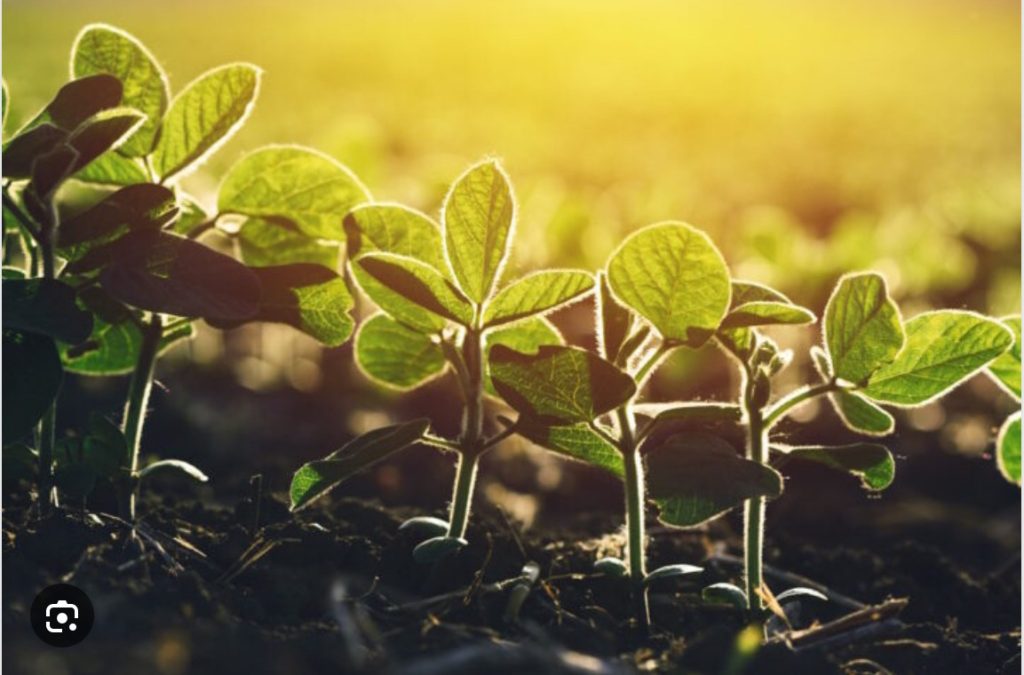What is Botany? – Claire Lin
So many of us have heard the term “Botany” at least once in our lives. Whether it was from a friend, classmate, or your science teacher, botany is a very important aspect in STEM and science and deserves to be talked about. Botany is one of the world’s oldest natural sciences, and it relates heavily to plant studies. Botany is a term that comes from an Ancient Greek word “botan” meaning “pasture”, which is the leading reason as to why it can include anything like plants, flowers, grass, trees, ferns, herbs, algae, and fungi. These are categorized as vascular plants, which is when a plant has an ability to distribute nutrients (food) within itself. Today, the topic of botany usually falls under the wider study known as ecology.
You may ask yourself, in what ways is botany helpful? Well, to start, it provides us with medicine or plant extracts, which helps us heal when we’re sick. Botany focuses on the internal structure and function of plants that we don’t often see or notice. Without it, humans and animals would not be alive. Plants also play a huge role in balancing our ecosystem and keeping our environment healthy.
There is much to study with plants, as this can include molecules, their cells, tissues, and organs. For example, in a flower, this could mean its leaves, stems, roots, etc. Every single plant body has a structure that helps it function, depending on what the role of the plant is. Sadly, recently a lot of human activities have caused habitat loss, climate change, and pollution. These are all negative outcomes for plants, and it is our job to take care of our planet. The good news is that scientists are currently making efforts to stop the loss of biodiversity by switching to more green and eco-friendly solutions to our problems.
The Latest News! – Romero Santiago
Orchids are some of the prettiest and most popular plants out there. Research shows that they’re the most popular potted plant that can make flowers. But wild orchids actually hold a secret when it comes to how they bloom, and we know this thanks to a team from Kobe University in Japan, led by Dr. Kenji Suetsugu, on September 30.

Orchid seeds are incredibly small and can be harmed very easily compared to a couple of other flowers’ seeds. Most orchids need carbon in the surrounding environment to begin germination, which is the process of a seed starting to grow into a plant.
Scientists observed that in a lot of temperate forests, certain types of orchids would only bloom if their seeds were next to dead trees on the forest floor. After Dr. Suetsugu’s team did research, they discovered that this was because of the carbon that the fungi breaking down the wood was creating. This carbon that’s being made is what allows these orchids to grow! This now means that deadwood has another notable use and scientists can use this knowledge to better conserve, or keep safe, specific orchid species.
Fun Facts! – Chloe Lin

- Plants keep living organisms alive by providing essential oxygen so we can breathe! (Yes, that includes us!)
- There are over 400,000 different kinds of plants on Earth and over 600 species of plants that feed off meat (carnivorous plants), such as their prey. (spiders and other insects)
- The leaves from a plant essentially provide “food” for the plant, because parts of their cell contain something called chloroplasts, which helps the plant absorb energy from the sun. 🌞
- There’s actually species of plants that only bloom at night and get pollinated by nocturnal animals like moths and bats.
- Did you know that the earliest form of aspirin, (a medicine that reduces pain and fever) was made from the bark of a tree? Many medicines come from plants!
- In certain rainforests like the Amazon and some coastal rainforests, plants can influence or change rainfall patterns! This is because the number of plants/trees produce more water vapor, then condensing to create clouds that lead to rain.
- Can you believe that the biggest seed in the world weighs 45 pounds? It comes from a double coconut palm!
- An average strawberry has around 200 seeds in it, and actually is the only fruit where the seeds are visible on the outside!
- Bamboo can grow 35 inches a day!
- Some experiments show that plants thrive and are healthier when exposed to classical music. 🎶
- Be warned, not all plants smell good! The corpse flower has been said to smell like a dead body! They attract flies for pollinators and people have actually passed out from the smell!

History – Xinye

Originating from the Greek words “botanikos” and “botane,” both meaning herb or botanical, the modern study we now know as botany has undergone an unexpected and complex change, so let’s explore it! Dating back all the way to the Stone Age, we’ve seen records of the earliest cave people running a basic system of cataloging plants and herbage. It could be as simple as categorizing wild greenery as ‘will this kill me or not,’ and was beneficial to the survival of humans during the period of 3000 BC– nearly 3 million years ago.
In where we now identify as Ancient Mesopotamia and China, there are records of plant research and cataloging in written manuals– made to curate medicine from the ancient herbage. These are the earliest signs of botany or botanical knowledge in humans! In the 4th Century BCE, Theophrastus, who is now renowned as “The Father of Botany,” began to classify plants as well. Therophrastus was the student of the well-known Greek Philosopher Aristotle, and found interest in the organization of plant information and research. Soon succeeding Aristotle’s library, Therophrastrus enriched his knowledge of plants and herbs from then on, researching plant studies and becoming a scholar.

Fast-forward to the era of transatlantic voyages, and Christopher Columbus begins traveling across the Atlantic Ocean during the Renaissance period, the 1400s. During this era, plant transaction begins climbing in popularity and begin ramping up in trade, and Columbus was recorded to trade knowledge from the East to the New World, or what we now know as North and Latin America. Effectively increasing the other hemisphere’s knowledge of plant species and new crops, Columbus’s voyaging era introduced Western crops such as corn, peppers, lemon, and lime to the East, while simultaneously doubling the West’s food supply, which the Native people possessed at the time. Around the time of the 1400s, Columbus’s exploration era trailblazed the trade route and the exchange of food crops from one side of the world to another.
From the “Father of Botany” in the 4th Century BCE, to “The Father of Taxonomy” in the 1700s, Carolus Linnaeus became the first researcher to travel extensively abroad and internationally for the sole purpose of expanding plant research and cataloging. Having multiple students also travelling, Linnaeus further broadened the scope of the plant index that researchers understand today.

The latest notable researcher of botany is “The Father of Genetics,” Gregor Mendel. During the 1800s, he was a pioneer for genetic research– experimenting with peas, and studying the different dominant and recessive traits of plants during the process of cross-breeding. To achieve the fruit and crop we see in supermarkets today in the 2000s, takes the work of genetic engineering to ‘create’ the most optimal crop traits possible. In the modern world, botany has many scientific fields that branched from the original study. What is now known as ecology and biology, which in a separate discipline, scientists use genetic engineering and create the most efficient and fruitful crop, creating new medicine to improve the ecosystem life, and finding ways to make a balance between the Earth and us to make a more sustainable system.

Career – Allison Lin
Botanists, also known as plant biologists, work in many different fields indoors (museums, labs, botanical gardens), outdoors (fields, forests, parks). Working with plants for environmental studies, agriculture, natural science, education, and more. Below are some jobs a person interested in botany could have!
Plant pathologist: specialize in diagnosing, treating, and managing diseases within plants.
Plant ecologist: manage money for fields and plants. Discuss and make reasonable plans for environmental problems, and teach the public how to best preserve an environment.
Plant Evolutionary Biologists and Taxonomists: investigate and research plants from around the world. You can usually find them in museums and botanical gardens!
Plant Physiologists and Molecular Biologists: research the functions of plants and how they can be altered to best benefit the crop for nutrients, performance, and disease resistance.
What Does This Have to Do With Me? – Welly Tsai
Botany is very important for everyone in the world. From growing food for us to eat to making different scented perfumes, every single day probably could not have happened without the help of botany. For example, the grapes that we usually eat are tiny, but botanists were able to do research and make the grapes much larger and sweeter. If you have flowers in your house, botanists have probably studied them and made them look prettier for you to decorate your house. The plants and grass in your backyard are all studied by botanists. When architects design your house, they work with botanists to decide what type of plants to put in your yards. Together, they choose the most fitting plants in your backyard. If this never happened, your backyard would probably be covered in weeds the first day you moved in, and that wouldn’t look very nice.

When big storms come, water sometimes floods neighborhoods. But with the help of botanists and other city planners, these problems can be avoided. There are ecosystems called salt marshes that can be made to absorb a lot of water and make sure the water doesn’t flood your house. This is with the help of botanists! They help decide what plants they should put into the marshes to reduce flooding. Speaking of environments and ecosystems, if botanists didn’t exist, your neighborhood plants would probably be all covered in weeds, and that wouldn’t look very nice. Like designing your yard, botanists help decide what plants to put in your cities and what plants to put on sidewalks. You wouldn’t want a huge spruce tree on a city sidewalk.
BONUS QUIZ! – Welly Tsai
- What does the Greek root “botan” mean?
a. robot
b. Pasture
c. Forest
d. Bottom
2. Aspirin is made from the ____ of a tree.
3. Which of these is something that botanists do not do?
a. Build houses
b. Choose plants for your yard
c. Reduce flooding
d. Grow food
4. How were plants classified in the stone age
a. Will it kill me or not
b. Is it pretty or not
c. Is it spiky or not
d. how many colors does it have
5. Gregor Mendel used ________ to study genetics.
FAQ on Botany – Chloe Hsu

What does a botanist do?
Botanists study plants. Botanists can also be called plant scientists, plant biologists, or phytologists.
Here are some things that they do:
- Study how plants can relate their environment
- Understanding how plant processes are impacted by environmental factors
- Discovering new plant species and classify them
- Studying plant genes
- Studying fossil plants
Botanists may also choose to study a specific type of plant such as fungi, algae, and tropical plants.

What’s the answer to the Bonus quiz?
B, bark, a, a, peas

Leave a Reply